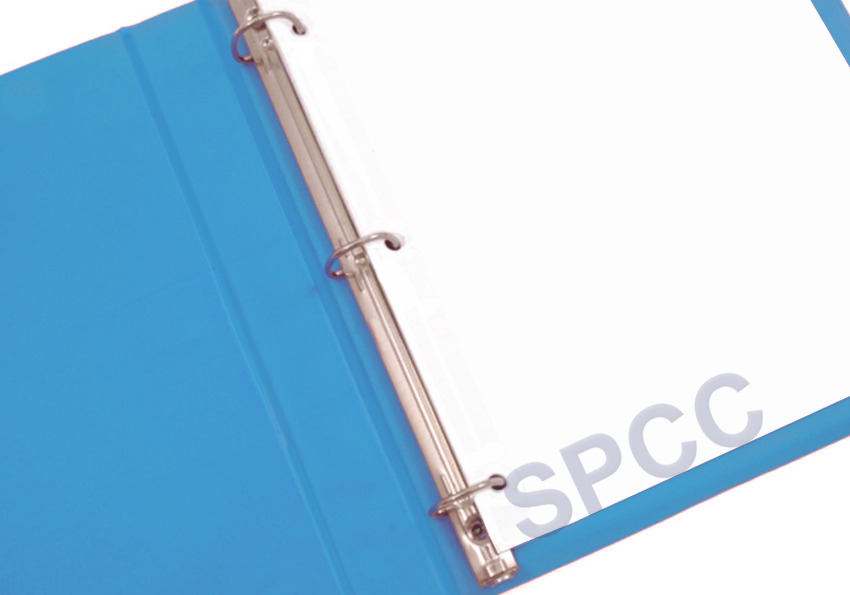 |
Although the requirements of Section 112.7(a)(3) for a detailed diagram and description of facility operations are not specific to agriculture, farm owners and operators may not be as accustomed to complying with major environmental regulations as many other industries are. Thus it is important for agricultural operations to clearly understand what is required in a diagram and what descriptions must include to stay up-to-date and in compliance with SPCC regulations.
In general, facility diagrams must provide a physical layout of the facility/operations including :
- Size, location and type,
- Geographic and topographic characteristics,
- Proximity to navigable waters,
- Location and contents of each fixed storage container and all areas where mobile or portable storage containers are located,
- Oil-filled equipment and electrical transformers and circuit breakers
- Transfer stations and connecting pipes (including intra-facility gathering lines that are otherwise exempt)
Diagrams should be detailed enough to provide responders with information to help them determine flow pathways and take appropriate actions to control flows, protect drinking water sources and minimize impacts.
Learn a brief review of the SPCC regulations and the recent amendment process and much more during our in-depth webinar on February 13, 2014.
Register Now
Section 112.7(a)(3)(i) requires the type of oil in and capacity of each fixed container defined in the description. For mobile or portable containers, either the type of oil in and capacity of each container must be provided, or an estimate of the potential number of such containers, the types of oil, and anticipated storage capacity. These estimates are valuable for use in determining whether or not thresholds are met and may be provided as a capacity range when capacity fluctuates.
Section 112.7(a)(3)(ii) requires a description and discussion of discharge prevention measures including procedures for the routine loading, unloading and transfers of oil products. This information is helpful when training new personnel or providing annual refresher training concerning discharge prevention measures in place at the facility.
Section 112.7(a)(3)(iii) covers descriptions of drainage controls such as secondary containment (Section 112.7(c)) and similar diversionary structures necessary to keep spills and discharges from reaching navigable waters or adjoining shorelines. Descriptions should include the method, design and capacity of secondary containment chosen for the typical failure mode as well as the quantity of oil most likely to be discharged. Such containment systems should also be defined as either passive or active, and if active, should include descriptions of procedures and personnel required to effectively employ the measure(s) during a discharge.
Join us for an in-depth webinar on February 13 . Our speaker, a seasoned environmental professional who has helped many companies assure SPCC plan compliance, will provide you with a proven, straightforward process for evaluating existing SPCC plans, identifying potential gaps, and developing the necessary corrective action strategies.
In addition, secondary containment descriptions should include:
- Loading and unloading racks flows to catchment basins or appropriate treatment facilities, or a quick drainage systems for tank car or tank truck loading/unloading racks.
- For bulk storage containers, whether the secondary containment is sized to contain the capacity of the largest single container with sufficient freeboard for precipitation.
Section 112.7(a)(3)(iv) spells out requirements for descriptions of countermeasures to be undertaken in the event of a discharge including those performed by trained and authorized facility personnel and countermeasures that may be required by an outside contractor. This description must include countermeasures for discharge discovery, response actions and cleanup activities for discharges that do not reach navigable waters or shorelines as well as for those that do, including appropriate contingency planning.
Section 112.7(a)(3)(v) defines how the methods to properly dispose of impacted materials following a discharge will be employed. This information reveals the level of planning undertaken because improper disposal can cause additional environmental damage and risk and lack of solid disposal planning can also hamper cleanup activities.
Section 112.7(a)(3)(vi) requires facility operators to maintain a regularly updated contact list that includes phone numbers for the facility Response Coordinator, the National Response Center (NRC), cleanup contractors with whom the facility has established a response agreement, and other federal, state, local, or tribal agencies that must be contacted in the event of a spill or discharge.
